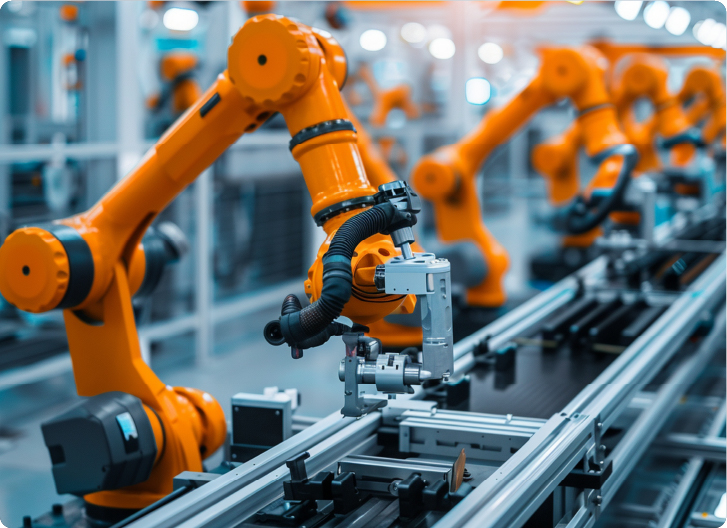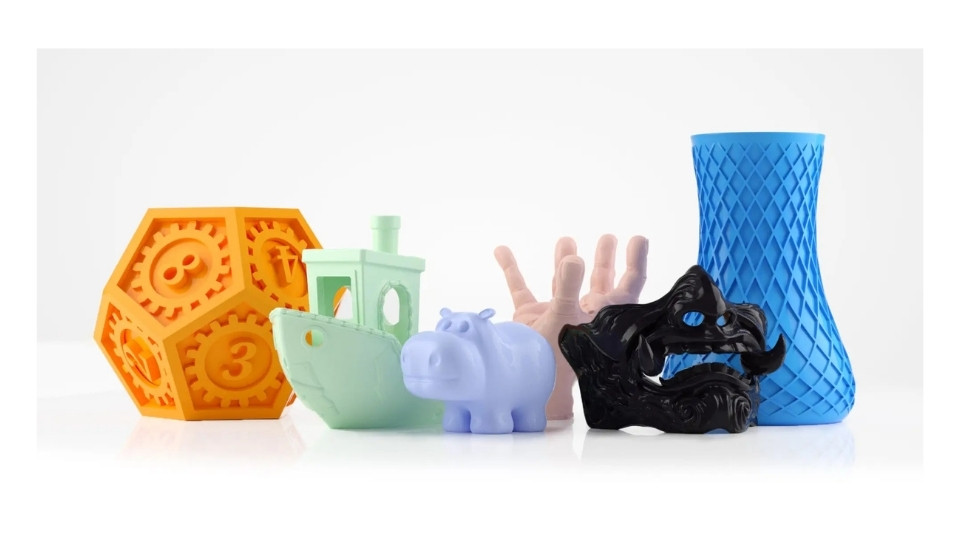
Choosing the right material always remains a daunting task in 3D printing. The print outcome depends heavily on what filament you use. And in most cases, it comes down to PLA or ABS.
PLA is popular for many reasons. It usually prints easily and doesn’t warp. Additionally, it uses lower heat and needs less equipment. It also gives clean results, ideal for simple prototypes. But it lacks strength under stress and heat conditions.
ABS is highly durable and brings more benefits to the table. It resists heat and impact better than PLA. That’s why industries use it heavily for automotive parts and custom enclosures. However, it needs high temperatures and good ventilation. So, it’s better suited for controlled environments.
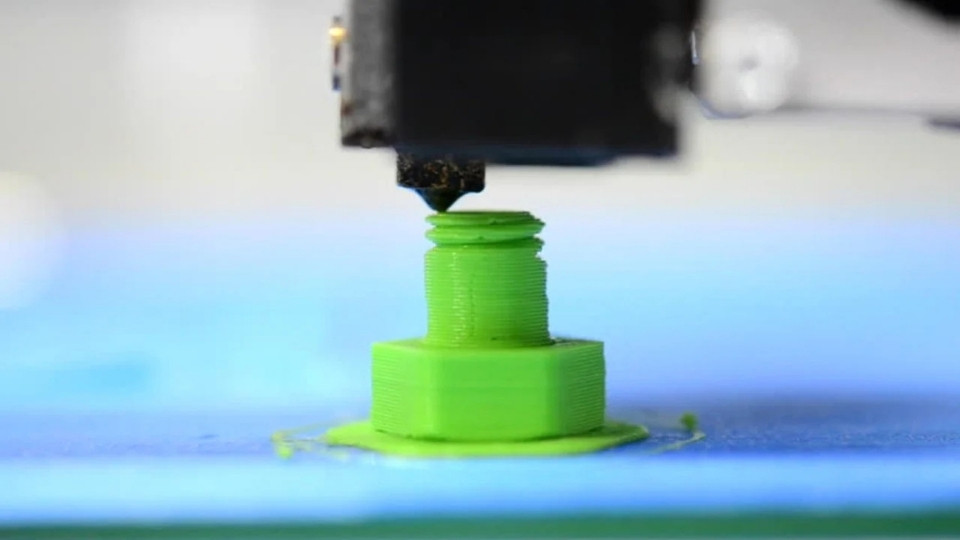
ABS 3D Printing
You might have used ABS objects many times. Although you never recognized them. It is commonly used in helmets, dashboards and LEGO bricks, and phone housings. This material has excellent durability and resilience.
ABS is an engineered grade thermoplastic. The technical name may seem complicated, but its operational use remains simple. ABS exhibits high heat resistance, load-bearing, and impact damage.
The impact strength and flexibility of the material come from Butadiene. The material rigidity and glossy appearance come from styrene in the composition. ABS material achieves strength and elasticity through the interaction of its three component materials.
ABS softens through heating processes. Its moldable state when heated makes it the perfect choice in injection molding and 3D printing. After a cooling process occurs, the material regains its hardened state while maintaining its original form. The continuous cycling process stays effective without any quality reduction.
ABS demonstrates exceptional performance as a material for mechanical applications within 3D printing operations. It shows excellent resistance to friction and pressure application without developing cracks. Its high UV resistance and stability make it an optimum material for printing applications. It works well as a tool component and an enclosure, and for end-use parts.
However, ABS isn’t perfect. Its printing process needs hotter temperatures to achieve successful results. Typically, the nozzle needs 220°C to 250°C. Moreover, it requires a heated bed surface to avoid unwanted distortion of the print. An absence of heat beds causes the printer layers to peel off or develop curling effects.
Besides, heating ABS often results in the emission of chemical fumes. It contains VOCs (Volatile Organic Compounds). Therefore, the need for proper ventilation when working becomes crucial because of this situation. Industrial facilities depend on filtration systems to decrease their operational risks.
Let’s talk toughness. ABS reaches a tensile strength of 40 MPa. Its heat deflection temperature hits 98°C. Its strength levels exceed those of PLA when it comes to tensile strength tests and heat deflection tests by a significant margin.
The post-processing of ABS remains straightforward for users. The material accepts sanding, glue application, and paint treatment. Exposure to acetone vapor creates shiny surfaces on ABS prints.
ABS material finds its applications in consumer electronics and kitchen appliances as well as automotive interior production. The combination of dependable features together with an attractive appearance makes it unique for industrial uses.
Think about your print goals. ABS should be your selection when you require components that must be strong yet flexible and heat-tolerant. Search for other materials if using an alternative to speed up printing or developing prototypes.
Users can count on ABS as an industrial-grade material. The material offers significant performance benefits. An appropriate setup allows you to achieve prints with an extended lifespan while delivering superior function.
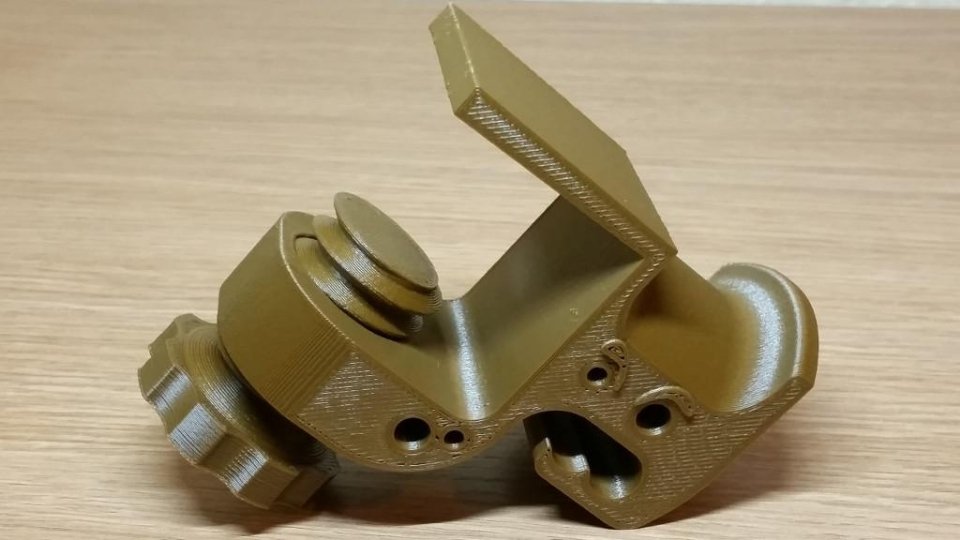
3D Printed ABS Product
ABS provides the combination of performance quality and robustness to your selection. ABS represents more than ordinary plastic because it has engineered strength and durability. Please note the essential advantages of ABS printing from the following list.
ABS provides dependable service for applications that need durable material characteristics. The material displays the ability to withstand immediate shocks before any damage occurs. It works perfectly for mechanical components and protective elements.
A dropped ABS part will stay intact without breaking. ABS turns absorbed energy into a wide distribution of force throughout its structure. Its structure successfully prevents potential crashes in moving and support-bearing components.
In addition, ABS provides higher impact resistance than other standard thermoplastics in the market. It maintains its form at extreme industrial operating conditions. So, it is mainly used in helmets and guards as well as tool housings because of these properties.
The maximum operating temperature for ABS surpasses the limits of PLA. The material maintains its stability at 98°C and higher. It provides good performance in hot environments.
You can rely on ABS for components that will be positioned near electronic equipment or engines. Heat stress will not cause this material to become soft or change its shape.
Outdoor gears, automotive fixtures achieve their best results when printed using ABS material because of its superior qualities. Under all heat conditions, ABS maintains its strength in areas where other plastics lose their structure. Heat exposure does not cause ABS to lose either its strength or its shape integrity.
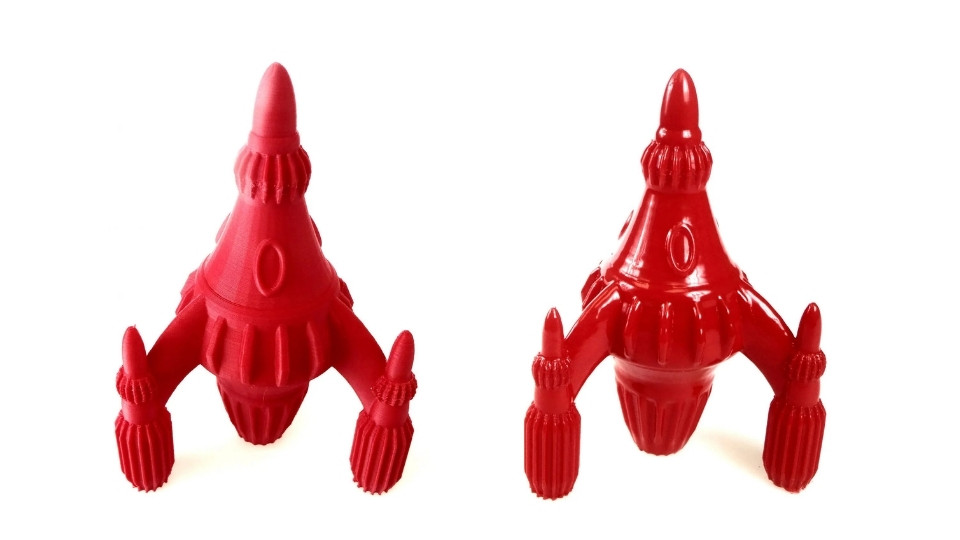
Polished ABS 3D-Printed Products
ABS material allows sanding, painting, and demonstrates resistance during polishing operations.
Acetone vapor serves as an effective method to create glossy surfaces on printed materials. Your parts will exhibit a sophisticated professional quality due to this finishing technique. The refined appearance becomes immediately visible to clients when they see the item.
The properties of ABS allow the user to perform drilling, gluing, and machine operations. Printing adjustments to parts will not fail after finishing the print.
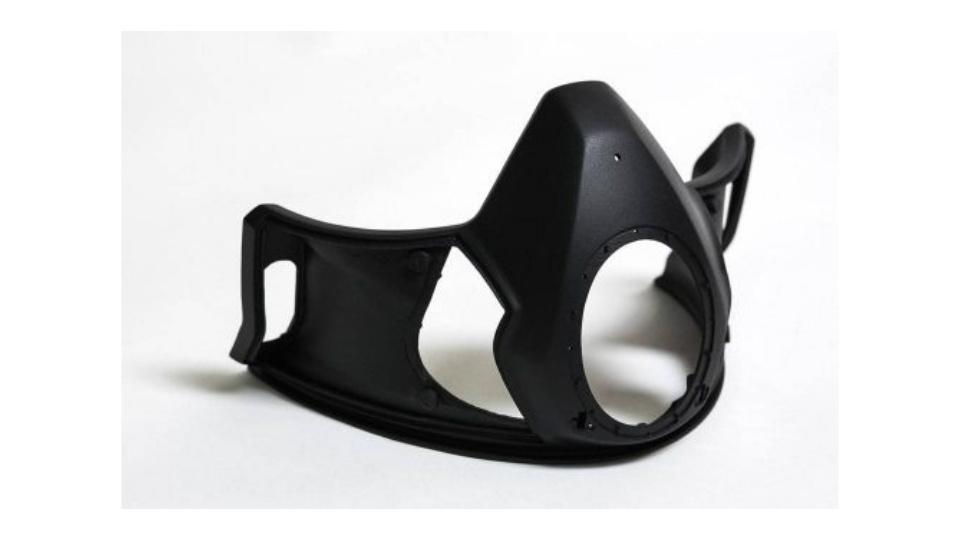
Resilient ABS Product
Your materials need to function well because they will perform better alongside appearance quality. ABS demonstrates excellent tensile strength and perfect layer-to-layer connection strength.
The material provides reliable performance for printing various items, including gears, tools, enclosures, and brackets. Such parts will not fail when subjected to force. These products keep their design and supply mechanical power.
ABS provides dependable real-world functionality for your prints when you require real-world operational capabilities.
ABS is an ideal thermoplastic. Heat and reshaping operations can be performed multiple times on this material. It keeps its strength characteristics and stability throughout any heating process.
The material becomes reusable after a print failure because recycling is possible. So, ABS proves to be a productive investment.
Through this material, you achieve better production cycle management. ABS enables users to create prototypes that can be tested rapidly to refine their designs.
ABS products have infiltrated numerous industries. These can be found in automotive dashboards and vacuum cleaner bodies, and more. Their standards of design and durability make it suitable.
Designers select ABS when products need to endure in the market. The material maintains firmness and an attractive appearance.
Moreover, it remains the preferred choice for managing commercial standards among products. It satisfies production requirements from small business stores to industrial manufacturing plants. Because of its scalability and practicality, it is an appropriate solution for various applications.
While ABS brings strength and unique attributes, it’s not flawless. You must handle it with care. Below are the main challenges you’ll likely face with ABS.
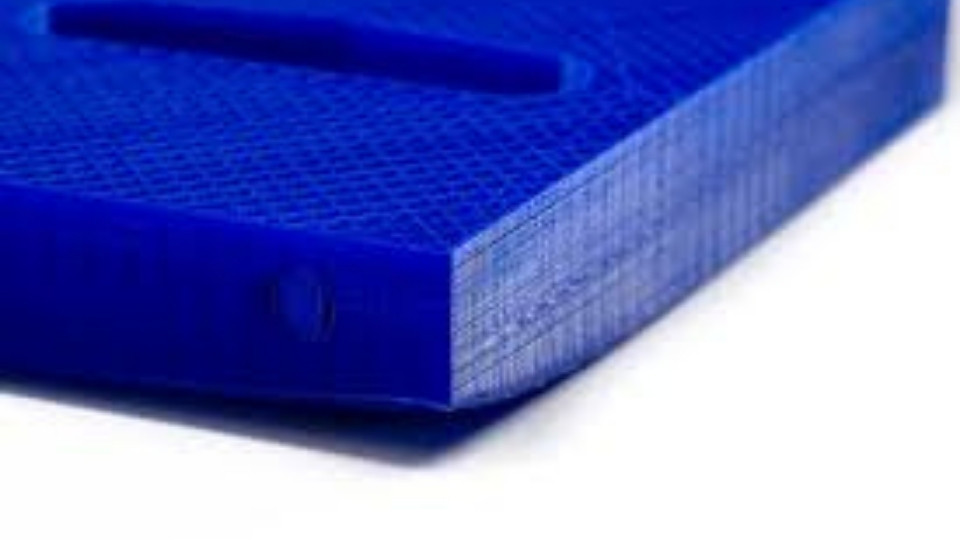
Warping Issue In ABS 3D Printed Part
After 3D printing, ABS experiences abrupt cooling. It causes its layers to contract. That rapid cooling causes layer contraction, and the raised corners and edges to distort.
The bed quality heating controls how much warping occurs. ABS needs bed temperatures between 90–110°C. For optimum printing, you need two types of adhesives, which include ABS slurry and Kapton tape.
Enclosed printers help stabilize temperature. The design stops the layers from experiencing rapid cooling. Your print will most likely peel away from the job if you do not utilize that specific setup.
ABS emits strong fumes when heated. Those contain volatile organic compounds (VOCs). A long-term exposure to this substance leads to eye and lung sensitivity.
Printing operations should take place in areas that receive adequate airflow. Defenseless air filters and an enclosed chamber should be used during printing. The setup protects personal health and guarantees quality air in the environment.
The installation of filtration systems is typically performed by industrial users. Hobbyists would benefit from wearing protective masks while their activities require extractor fans for air ventilation.
The ABS printing process requires temperatures higher than 230–250°C. It creates excessive stress on basic printer systems.
The quality of layers will degrade when heat becomes unstable. This can ruin surface quality and part strength.
Though some affordable small printers cannot process ABS. You will achieve optimal results only through industrial-grade hardware equipment. So, cost and complexity increase.
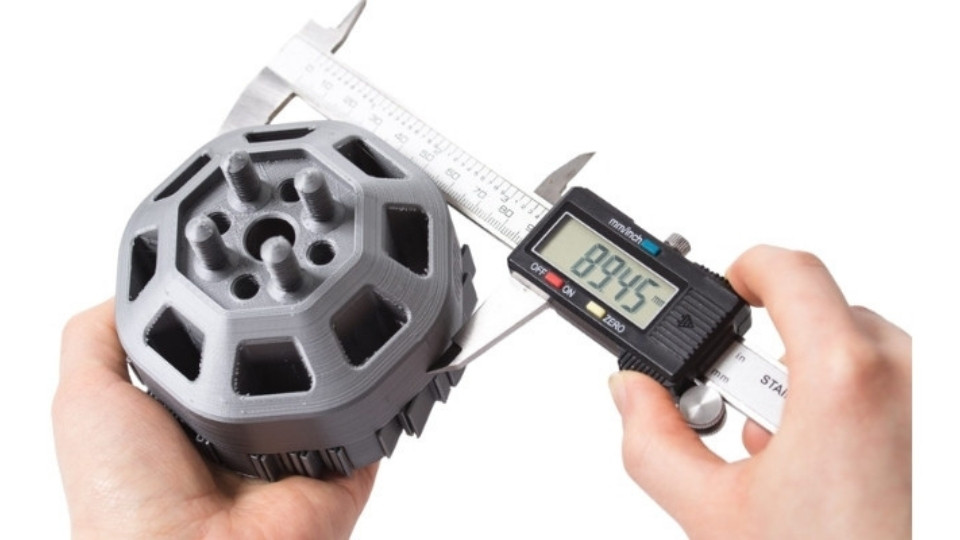
Shrinkage Issue In ABS Printed Product
ABS contracts during the cooling process. Printing operations result in minimal dimensional variations of the product. Such a situation poses serious complications to precise match requirements.
The precision calibration of your slicer device represents a mandatory step. The modeling process requires the inclusion of suitable shrinkage factors. Any minor mistake during production can lead to damaged completed products.
Some parts produced with tight tolerances cannot stay aligned when the printing process completes. For engineering or snap-fit designs, PLA or PETG offers more suitable options for this particular requirement.

PLA 3D Printing
PLA stands for Polylactic Acid. It derives from renewable sources to create this bioplastic substance. Corn starch, sugarcane, constitutes the primary raw material. As a result of its renewable origin, PLA represents a greener alternative compared to standard plastics.
PLA exists in packaging materials and medical products as well as utensils. The maker community considers this material the simplest choice among reliable printing solutions.
PLA becomes soft before ABS starts softening. The printing process succeeds without requiring heated bed operation. Little warping occurs while the printing surface remains smooth. Beginners usually begin with PLA because of its simple usage characteristics.
Moreover, PLA is safe for indoor use without requiring ventilation during operation. The fumes produced by PLA stay at extremely low levels compared to those of ABS plastic. The material works well for home printers and schools because of its characteristics.
However, PLA breaks more quickly than ABS during exposure to either heat or stressful conditions.
PLA benefits numerous users in the 3D printing world because of its multiple attractive properties. PLA gained popularity because of its simple operation and sustainability, and pleasing appearance.
Using PLA is considered among the simplest filament manufacturing processes. PLA requires a printing temperature between 180°C–220°C for its transformation from solid into liquid. It requires no heated bed for successful operation.
New users especially find this material particularly suitable because of its ease of use. PLA functions well with multiple print beds because it does not warp. Poor print adhesion will not cause failures because your printing operations remain secure.
The usage of PLA does not require any additional printing devices or tools. The printing process for PLA does not require a sealed chamber, along with the demanding extrusion setup of ABS. PLA is accessible for all types of 3D printers because of its design.
The process of printing PLA eliminates the toxic chemical fume emissions that ABS generates. The plastic develops a minimal sweet odor, and a corny smell during printing, but these odors remain harmless because they produce no toxic byproducts.
When used indoors, PLA presents no health risks, which makes it a safe choice for fabrication. It requires no room ventilation setup because its fume release is minimal when compared with materials like ABS. PLA material serves as a reliable printing material in personal environments and limited-ventilation educational facilities.
The low chemical emissions from PLA printing operations make it a valuable choice for people who share printing spaces.
PLA originates from renewable plant materials obtained from cornstarch and sugarcane. Among all 3D printing materials for the market, PLA stands out as one of the greenest options.
PLA serves as an environmentally friendly material since it breaks down naturally, while ABS and similar petroleum-based plastics do not. If placed in proper environmental conditions, PLA will degrade itself over time. The transition towards sustainable operations by producers and customers makes this factor critical.
Designers and manufacturers focused on environmental responsibility can turn to PLA since it serves as a better alternative than conventional plastic materials.
PLA delivers exceptional print quality. Due to its capacity for making precision details and producing smooth surfaces. It is selected for detailed designs and visual model projects. Moreover, it yields precise results when creating either models, prototypes, or artistic pieces.
However, it may generate little shrinkage. It protects model precision because structures remain exactly as designed. It provides a glossy surface appearance that enhances display quality, making it suitable for decorative pieces and visual display objects.
Plastic parts become ready for a high-end professional appearance through simple sanding and painting processes.
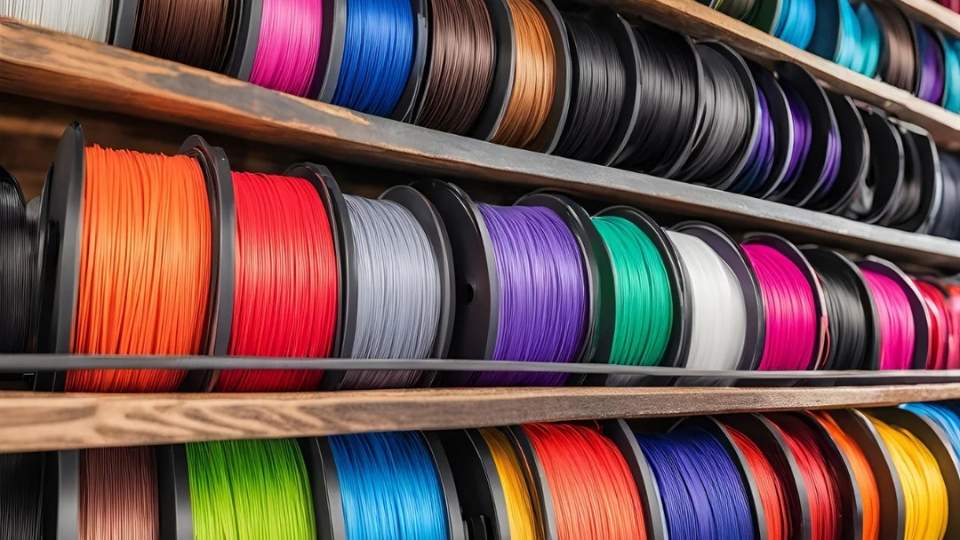
PLA Filament Colours
The appeal of PLA arises from its capability to present an extensive selection of materials. Different finishing options include transparent and metallic, wood and marble special effects for your choice of color selection.
Entrepreneurs and those engaged in hobby activities choose PLA as their ideal filament because it provides many options that add style to their printed objects.
While PLA offers many benefits, it does come with a few drawbacks that you must consider before choosing it for your projects.
The heat deflection temperature of PLA is approximately 60 degrees Celsius. PLA begins to become soft under exposure to high temperatures.
PLA should not be considered for parts intended to face high temperatures due to its low heat deflection temperature of about 60°C. Its products experience shape deformation and distortion when they come into contact with hot environments during extended exposure to direct sunlight.
Due to its low strength at high temperatures, PLA fails to work as a material for automotive components or outdoor equipment, and items that need to hold their shape in elevated heat conditions.
PLA offers exceptional detail in prints. However, it demonstrates weak strength in applications. PLA materials fail to flex when under pressure or impact; instead, they break and crack since they lack the ductility of tougher materials like ABS.
To satisfy requirements for structural elements and tools, you should use more resilient materials.
The natural decomposition qualities that make PLA environmentally friendly also make it perform poorly within harsh environmental conditions. The material of PLA shows vulnerabilities to water and ultraviolet radiation because these factors break down the printing material.
Using PLA for outdoor applications or long-lasting functional parts will not yield satisfactory results because it does not perform well in humid or sunny conditions.
When selecting materials, the key factors to consider are durability, printing technique, and intended use case. The following quick reference will guide you to find the right material for your project.
First, choose a material by understanding the main function of your print. The selection of materials depends on which application requires specific performance results.
The optimal choice for decorative models, along with prototypes, is PLA because it provides excellent performance. PLA delivers perfect functionality as a non-functional model material because it offers easy usage alongside a smooth surface finish with multiple color options.
The print will benefit from using ABS or PETG plastic materials when functional demands include mechanical usage or material exposure to stress. ABS material demonstrates exceptional durability, together with heat resistance, which makes it appropriate for automotive parts and tools.
You should estimate the physical requirements that future use of your produced printed item will impose. The material needs both strength and durability when used for functional purposes.
Select ABS, PETG, or Nylon materials for manufacturing permanent functional components that will encounter high mechanical strain and hot temperatures. ABS finds extensive usage in producing durable, high-impact parts, but Nylon delivers exceptional flexibility together with excellent resistance to wear.
For Light Use: PLA works well for visual models or light-use parts.
The materials suitable for your 3D printer depend on the equipment you own, while your printing experience determines which materials you should choose.
PLA proves ideal for novices who do not need to adjust their printer settings by using a heated bed or raising extrusion temperature. New users benefit from using this material because it offers maximum tolerance to various printing mistakes.
Experienced printer operators need both ABS and Nylon materials to work with because these require demanding printer settings and elevated temperature needs. ABS material demands a heated bed along with Nylon, which needs elevated extrusion temperature settings.
The optimal 3D printing depends heavily on deciding on the right material selection for your work. The fundamental elements determining your material choice involve the print purpose, required durability levels, as well as your printer's technical capabilities.
PLA serves as an excellent low-cost material selection for basic decorative prints or prototype creation. Printing parts under heat or stress conditions requires you to select ABS or PETG materials because of their superior strength. Users requiring durable, long-term parts should opt for Nylon or ASA materials.
Selecting filament for your needs requires matching your requirements to available material options. Knowledge about material advantages and disadvantages enables you to choose properly, which avoids unnecessary time and work. Your printing success depends on picking suitable materials because this decision determines both the appearance and operational quality of your finished prints.
